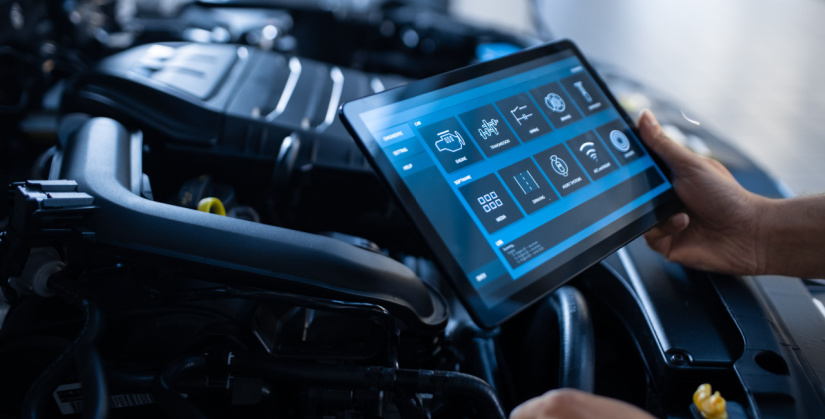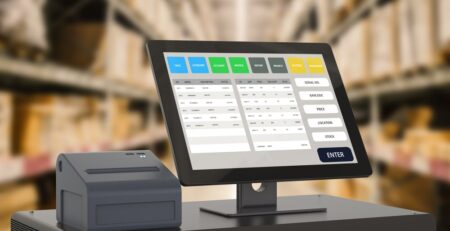Challenges in Implementing a Dealership Management System and How to Overcome Them
Integrating your Dealer Management System (DMS) with other essential applications is instrumental in streamlining operations, refining customer service, and enhancing overall performance. While integration promises plenty of benefits, integration can potentially come with challenges. Learning about these challenges and ways to navigate them can help you overcome them.
Data Quality Assurance
Ensuring consistent data quality across multiple systems is crucial. Inaccurate data can lead to decision-making errors, affect reporting, and dampen customer satisfaction. To counteract these issues:
- Develop comprehensive data standards, policies, and protocols.
- Utilize data validation, cleansing, and deduplication tools.
- Regularly monitor and address data quality.
Data Security
Safeguarding data from unauthorized breaches is critical for regulatory compliance, brand reputation, and trust-building. For strong data protection:
- Incorporate advanced data encryption and authentication measures.
- Adhere to best practices in data governance and regulatory compliance.
- Regularly educate your team on data security protocols and ensure they’re up-to-date on their responsibilities.
Seamless Data Integration
Another integration hurdle is ensuring that data is seamlessly integrated, irrespective of varying data formats and standards. For a smooth integration process:
- Opt for a versatile data integration platform capable of managing diverse data formats.
- Thoughtfully design your data integration architecture.
- Regularly test and refine your data integration processes.
Effective Change Management
Managing the organizational shifts accompanying DMS integration is essential. Effective change management requires a comprehensive human-centric approach. For effective change management:
- Clearly define and communicate the vision and objectives of the dealership management system integration.
- Engage with all stakeholders, ensuring alignment on integration goals.
- Provide sufficient training and resources to help teams adapt to the new processes.
Performance Optimization
After integration, monitoring and enhancing the performance of the integrated systems becomes pivotal. For continual performance enhancement:
- Set and monitor key performance indicators for the integration.
- Use analytics to identify and resolve any performance bottlenecks.
- Periodically update the integration tools, considering cloud-based solutions for better scalability.
Have a Smoother Integration with Workflow 360˚ Dealer Management System
Workflow 360˚ DMS integration offers a transformative approach to dealership management, promising efficiency and superior customer service. By understanding and effectively addressing the challenges of DMS integration, dealerships can ensure a smoother integration process and harness the full potential of their integrated systems, resulting in a better experience for team members and customers.











